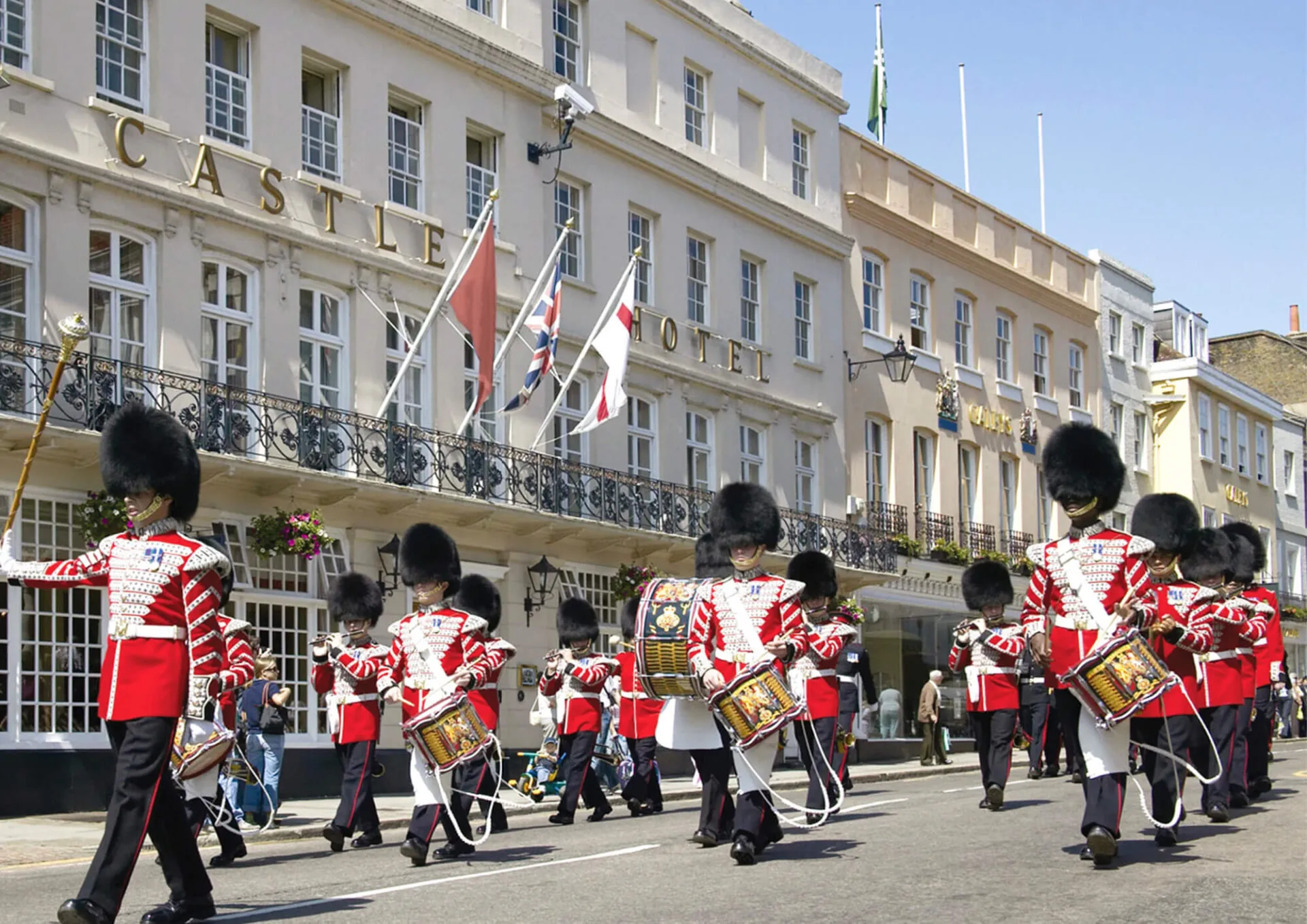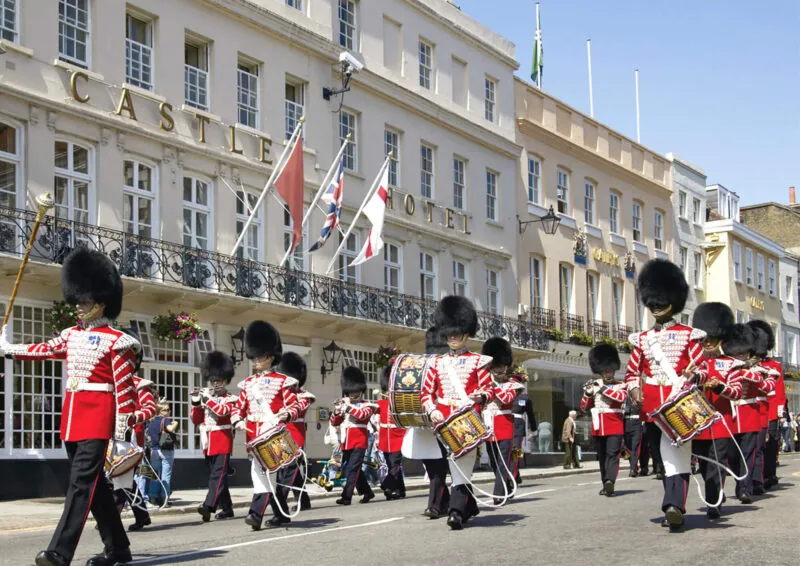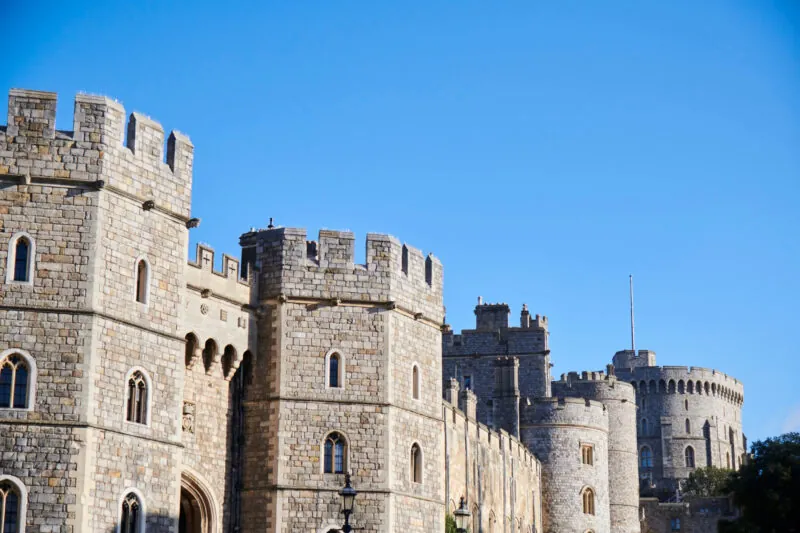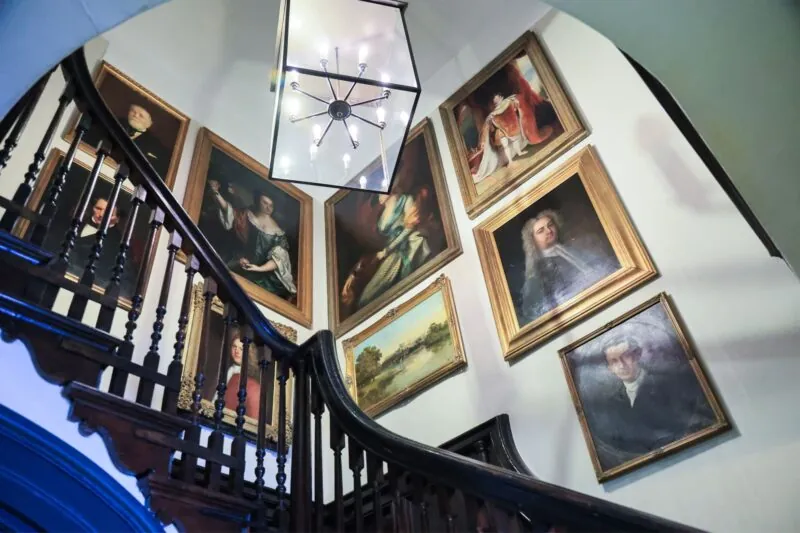Originally built as a private residence for Sir Christopher Wren, the renowned architect responsible for the design of St. Paul’s Cathedral in London. The building later became a coaching inn known as The Mermaid Inn which grew in popularity, contributing to the development of the small town of Windsor, at the time with a population of just over 1,000 people.
Just after the English Civil War, there was an abundance of counterfeit coins flooding the market so traders were reluctant to accept small denominations of money. However, the Mermaid’s innkeeper at the time George Pennington was a very clever man who found a way to solve this problem while making his mark on history in Windsor – he started producing his own coins called the ‘Pennington Penny.’ These unique coins had the image of a mermaid on it and could be used in the inn to pay for drinks, food and accommodation. Today there is only one known Pennington Penny still in existence, kept safely at the British Museum.
After George Pennington the Mermaid Inn passed to the hands of Sir Richard Martin who received a royal warrant to supply horses and carriages to the royal household. This was the first of eight royal warrants that would eventually be awarded. To celebrate this important achievement Sir Richard Martin changed the name of the Mermaid Inn to the Castle Inn.
In the 19th century, the inn underwent a transformation and was converted into a hotel. It was during this time that the name The Castle Hotel Windsor was adopted. During its rich history, the hotel attracted many famous guests including Arthur Wellesley, the first Duke of Wellington. He led the coalition forces that defeated Napoleon’s Army at the Battle of Waterloo in 1815.



